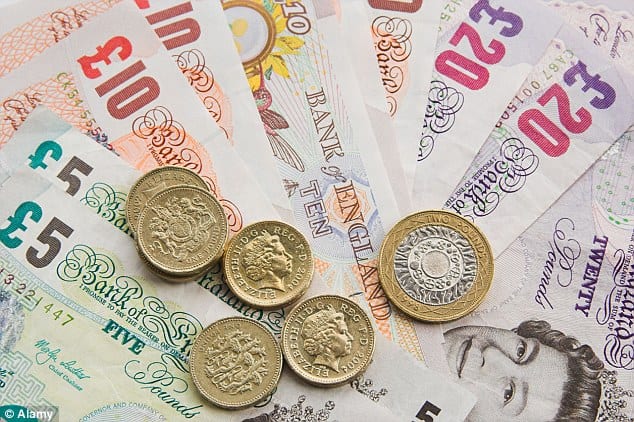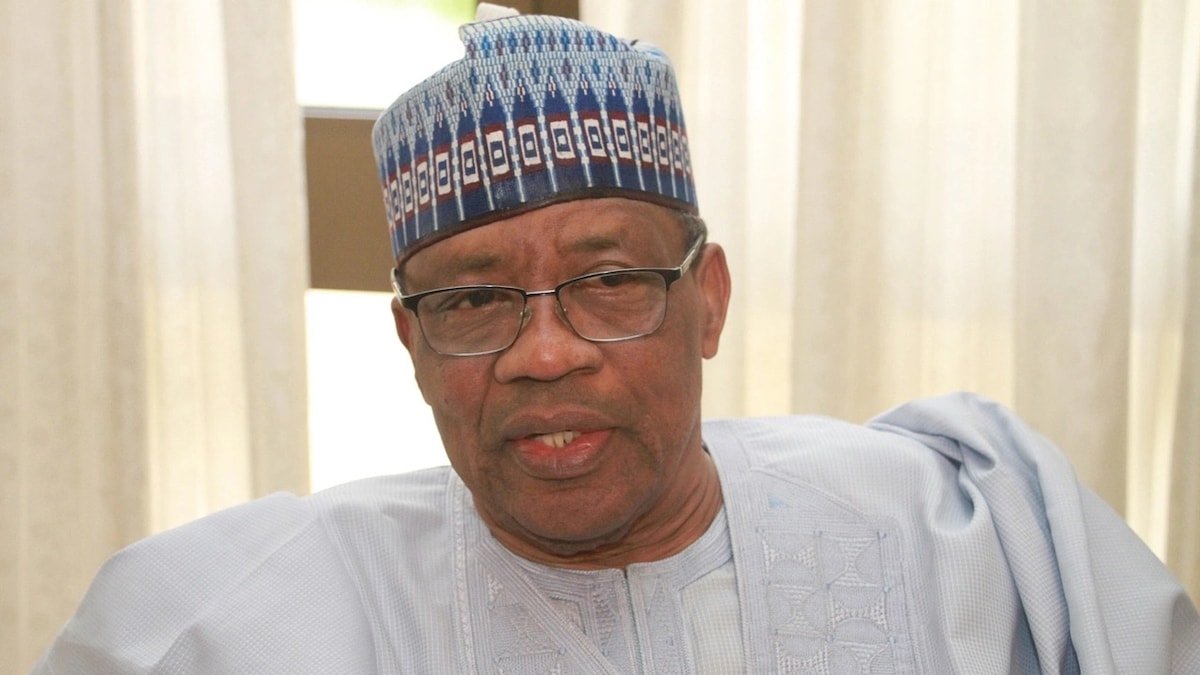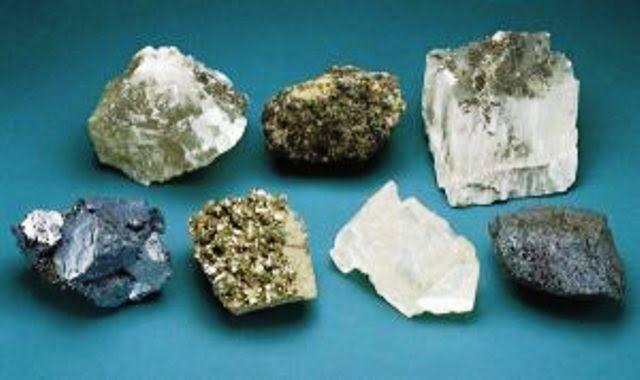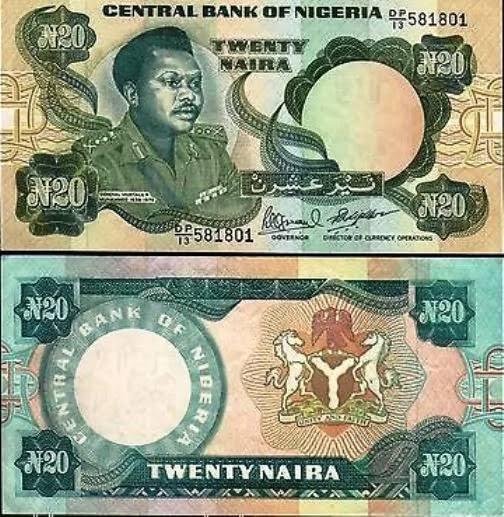But it is one thing to declare that the naira is worth 22 naira to $1. It is quite another thing to be able ...
First of all, rising oil prices allowed Nigeria’s foreign reserves to increase substantially. There were reserves and there was also the Excess Crude Account (ECA) which had more than $20 billion at one point in 2008.
























